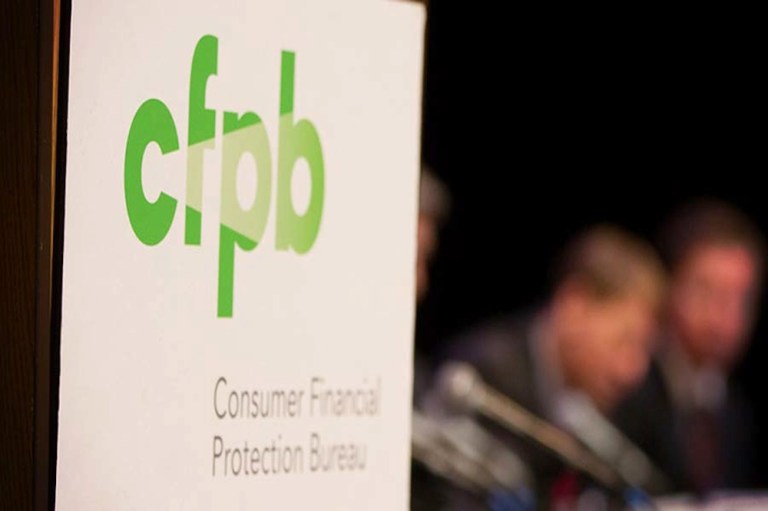
As is often the case with things associated with the Consumer Financial Protection Bureau, the database it uses to log consumer complaints is an oddly controversial and touchy topic.
Consumers are big, big fans and have come to treat it as a go-to when frustration with less-than-wholly-cooperative FIs reaches a boiling point.
Lawmakers and businesses, not so much, arguing that the databased can make it difficult and expensive for merchants that might have actually done nothing wrong, since anyone can make a complaint and post it publicly, regardless of whether or not said complaint has merit.
Moreover, given the fact that the CFPB uses these databases as part of its various enforcement actions, it has essentially created a version of Yelp, where enough bad reviews can net a multi-million dollar fine.
(Consumer advocates point out that, while a bad contractor can mess up your bathroom, a bad FI can ruin your entire financial life for a decade, hence the more souped-up version of Yelp makes sense).
All in, in the five or so years since its creation, the CFPB has collected nearly a million (930,000) complaints on every imaginable financial issue. Mortgages, car loans, debt collections and virtual currency are just a short sampling.
Not only can consumer complains, as of late, they can make the whole text of their complaint story (narrative) public without including their private information. That full narrative disclosure is what is earning the ire of lawmakers and businesses. Lawmakers note the CFPB did not seek legislative approval for making those narratives public (and that it could be putting consumer information in danger). Businesses complain that these narratives may or may not be accurate and the CFPB’s processes are not adequate to prevent them from being libeled.
A House bill introduced in June would require the CFPB to verify all claims made in complaints.
“Public disclosure of unverified consumer complaint narratives raises significant consumer privacy issues and risks tarnishing the reputation of individual companies,” said Virginia O’Neill, senior vice president of the American Bankers Association’s Center for Regulatory Compliance.
CFPB Director Richard Cordray defended the database as “part of our DNA,” playing an important role in guiding the agency’s supervision of companies, enforcement actions, rulemaking and consumer protection.
By the numbers, the CFPB does some very heavy lifting, particulaly when stacked against the complaint levels faced by other federal agencies. The CFPB handled around 271,600 in 2015, up 8 percent from 2014. The Transportation Department, by comparison, only got 20,170 complaints last year from airline customers, and the Consumer Product Safety Commission’s complaint portal, SaferProducts.gov, also established in 2011 and often compared with the CFPB’s system, received 4,482 comments last year.
The process for a CFPB complaint is fairly straightforward. Once a complaint is filed, the CFPB forwards it to the allegedly offending firm, which then has 15 days to respond. Complaints can be shared with other government agencies. Companies can resolve cases by providing monetary or nonmonetary relief or explanations to the customer or flag an inaccurate complaint. The CFPB says companies respond to 97 percent of the complaints.
Stephen Ross, a partner for Ernst & Young LLP’s fraud investigation and dispute services, describes the database as a “very transparent dataset that really puts the onus on financial institutions to investigate and respond.” Ernst & Young is among a number of firms that coach companies on how to respond to the portal and make use of its data.